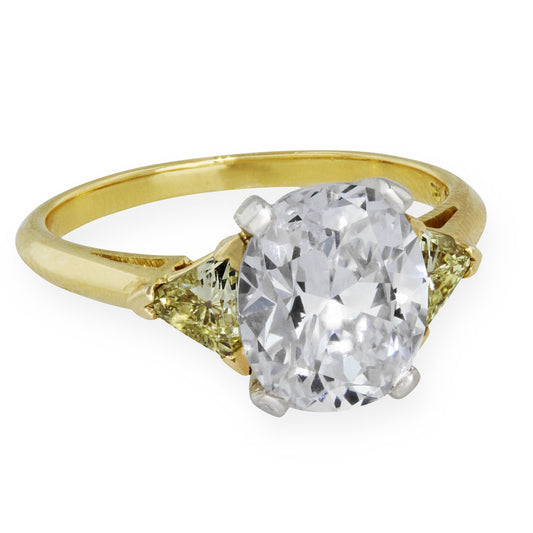Art Deco Cartier 10.02 carat, D/IF Rectangular Asscher-cut Diamond Ring
If true luxury lies in the subtle and unexpected then when it comes to one of the most timeless and coveted diamond cuts, the Asscher takes the proverbial crown.
Created by Joseph Asscher in 1902, Asschers, though similar to a square emerald- cut, have three hallmarks that make them truly unique, namely, a high crown, a small table, and big, canted corners. Some square Asscher-cuts have such large corners they appear to be an octagon shape.
“Asscher-cut stones are beautiful diamonds with broad facets and a timeless, old world look,” says Russell Fogarty, jewelry expert and founder of Beladora.
He explains that Asschers were most popular from the turn of the century through the Art Deco period and then as tastes changed through the middle of the century, Asschers were eclipsed by traditional round and emerald cuts.

From the Beladora archives: Art Deco 2.80 carat Asscher-cut Diamond Ring
In the last ten years however, Asschers have rebounded in popularity, but, he advises, the name has become such a buzz-word that is often used inaccurately and someone looking for a true Asscher should be mindful of the 3 requisite characteristics above so as not to confuse an Asscher with a similar-in-appearance, square emerald-cut stone.
“An Asscher diamond’s high crown, small table and big corners are what bring the unique look and appearance-of-depth to the stone,” says Fogarty, “When you look into an Asscher from the top down, it appears to have great depth because of the special geometry of the cut. The result is just beautiful and quite different from traditional emerald-cut diamonds.”
He recalls a vintage Cartier rectangular Asscher cut ring once owned by Beladora as a particularly memorable and stunning example of just how brilliant the Asscher cut can be. And during the Deco period Asscher diamonds were sometimes framed by black onyx, creating a striking contrast that still stuns today.








